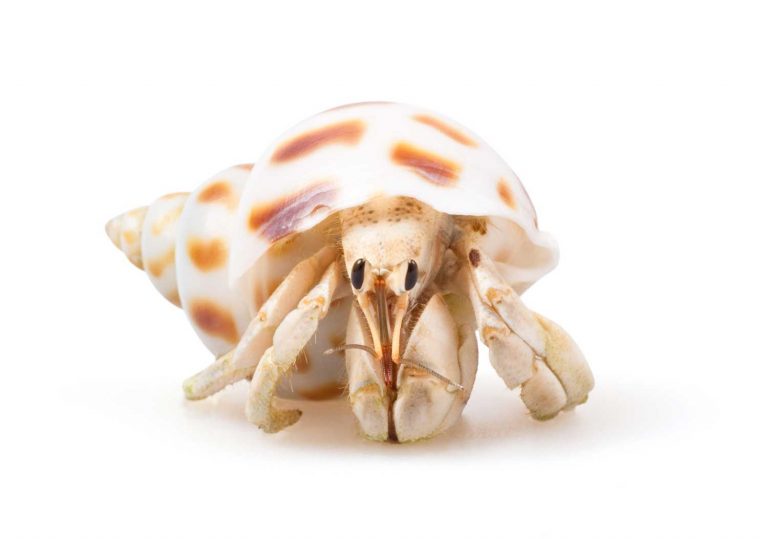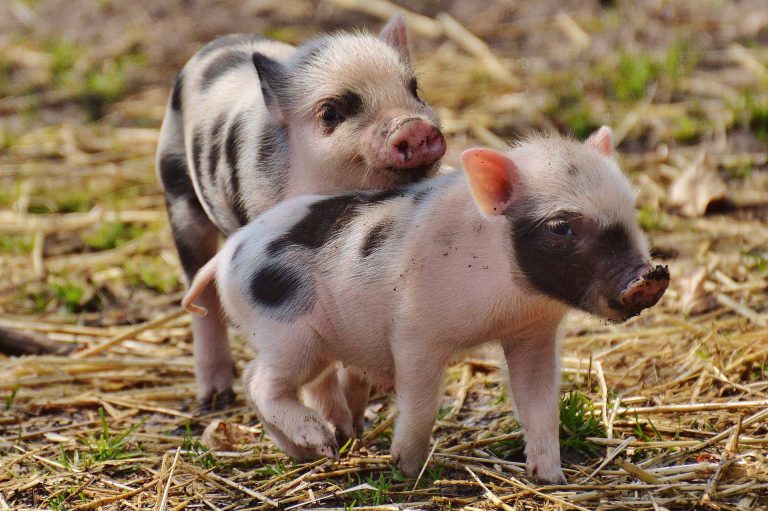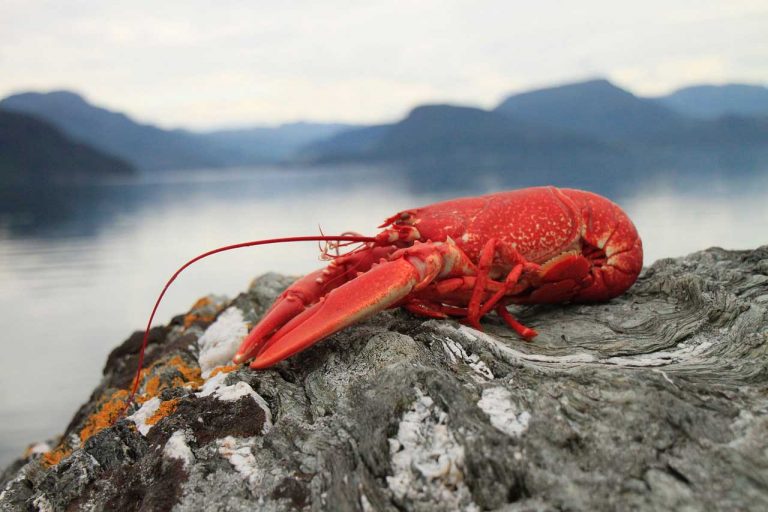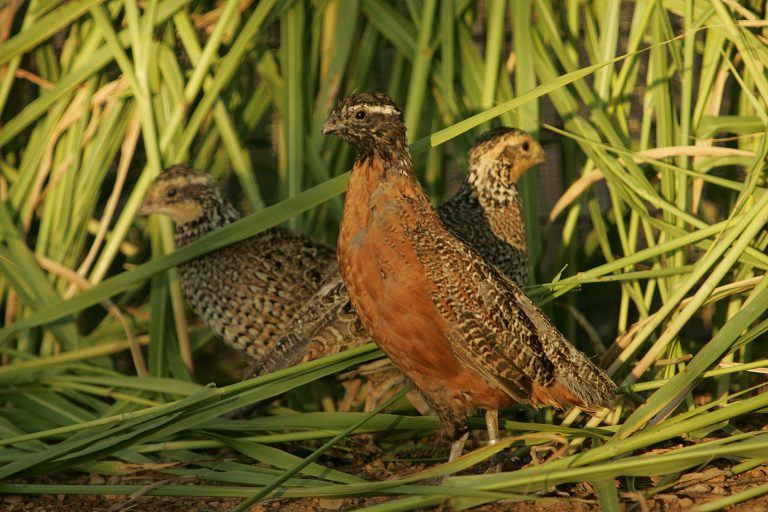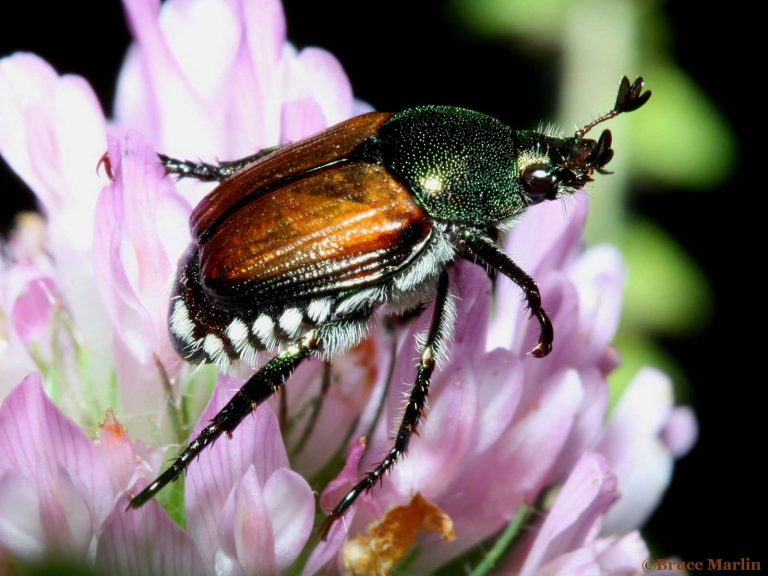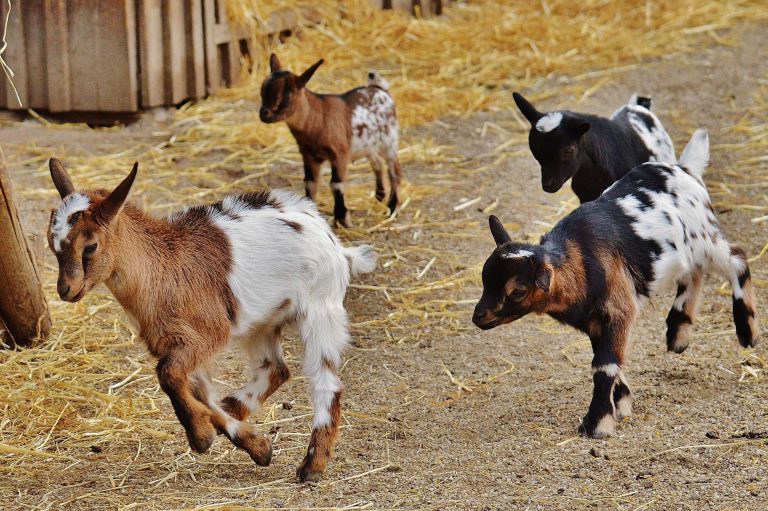Cattle
Cattle are the colloquial name of cows; the most commonly domesticated large ungulates. They belong to the Bovinae subfamily and Bos genus and are collectively classified as Bos Taurus. Cattle are bred as livestock for meat, and as dairy animals for milk. They are also considered as draft creatures that help with plows, pulling carts and other similar agricultural work. Even their dung and skin are used as manure and in the leather manufacturing sector respectively. In some countries like India, cows are emphasized as Deity and given a sacred status. According to the 2003 data, there is an estimation of 1.3 billion cows in the whole world. In ancient times, cattle were considered as a form of wealth and were one of the things that were poached by thieves. You can well imagine the days of the cowboys in America.
The cattle bred mainly for producing meat is known as Beef cattle. The meat produced from the adult cattle is called beef. In the production of beef, the main three stages are cow-calf operations, feedlot operations and backgrounding. The cattle farmed in a feedlot operation are called feeder cattle. The main purpose of raising feeder cattle is the production of meat, but the other uses include the production of shampoos, leather and cosmetics.
Description
The body of this animal is stocky and long with a rectangular shape. Beef cattle seem to be more muscular than the others, and the dairy cattle have a more rectangular shape of the body. The cattle with a hump on its back is called as Zebu cattle and the conservative Hindu Cow worshippers claim that they are the safest and most reliable in the world in terms of its quality of milk, dung and urine. Their head looks smaller relative to their body size than the other species. Another distinct feature is their straight, long snout. This species of cattle have prominent dewlaps and strong necks. Many physical characteristics may vary from one breed to another, like the length of each breed’s leg or the ear’s position. Even the height and weight of each breed may vary drastically. Some breeds may attain around 2000 pounds. A Belgian blue bull at the age of 2 usually attains a size of 53 inch in length and more than 1700 pounds in weight. But the female counterpart may only attain a weight of 1100 pounds. A grownup Dexter bull attains a weight of only 1000 pounds and a length of 38-44 inches. The female Dexter at the age of 3 may reach about 3 and a half feet in length, and weighs approximately 750 pounds or less.
Cattle are also found in a wide range of colors; the Devon breed is seen in a dark reddish-brown shade. The Holsteins breed has the black and white, characteristic “cow print” on them. The Dutch Belted breed is a complete black colored cow with a unique white belt across the belly. There are also many other breeds that have a gray or reddish color. Cattle are said to be prey species, which have eyes situated on the sides of the head that gives them a panoramic view of the surroundings. Still, they require time to properly focus on an object. They are sensitive to high volumes, and it is seen more in the dairy breeds than the beef breeds. Cattle are herbivorous in nature, and mainly eat stems and grasses. It holds the tongue around the grass, and cuts it with the bottom teeth to pull out completely from the soil. These Bovines possess “dental pads”, which help to easily grind the plants, grass and other similar material. They have a stomach divided into four chambers, namely, reticulum, rumen, abomasum and omasum. Firstly, the food passes through the reticulum and rumen chambers, where it is transformed into cud by the bacteria. This cud is regurgitated and chewed again by the Bovines. After this stage, the food passes through abomasum and omasum, which makes the digestion complete. The total time taken by a Bovine for the digestion process is around 70-100 hours.
Reproduction
The mating process in beef cattle takes place naturally. A bull is sent into the herd of cows after six weeks of their calving period. Sometimes, these cows are also given artificial insemination. Generally, the breeders breed the cattle in the summer period, so that the calving can be shifted to the following season of spring. This calving period can also take place in other seasons like the end of the summer to the beginning of fall. This period depends on many factors like the price of seasonal cattle, their reproductive performances and many more.
Farming
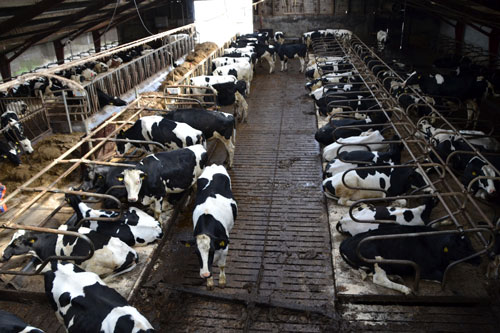
The main purpose of farming the cattle is for their dairy, leather and meat products. In the wild regions, these cattle are used for livestock. Each breed is different, and can survive in different types of habitats like heaths, hills, moors, marshes and semi-desert. Other than the products attained from them, the bull is used in many countries for bull fighting activity. In India, this bull sport (not a fight, but a race) is named as Jallikattu, which is quite different from the European bullfighting.
The cattle are left on the rangelands that consist of grasses to graze. This will help to satisfy their hunger, as well to utilize the land that is already unsuitable for cultivation purpose. The routine things related to breeding a cow are daily feeding, milking and cleaning. Other than that, ear tagging, loading, dehorning, medical operations, hoof care and vaccinations are the other activities related to breeding a cow.
The professional breeders are good at handling the cattle by providing them a safe and healthy environment. They provide a low stress ambience for their cattle herds and makes sure about their comfort, health, nourishment and safety. According to the rules of the Canadian National Farm Animal Care Council, the minimum requirements like shelter, especially during the harsh weather, safe equipment handling, and veterinary care should be provided to these animals. If any animal suffers from disease or infection, the owner is expected to report it quickly to a veterinary doctor for the treatment or for painless killing practice, called euthanasia. As the density of cattle population is high, the infections or illness tends to spread very easily and quickly. The owners must be vigilant enough and should check the condition of their cattle regularly for the early detection or any signs of diseases or infection, and thereafter providing treatment. The cows must be provided with large quantity of food, as they consume around 1.4-4% of the weight of their body. Cattle having a weight of 1000 lbs usually drink around 41liter of water in one day, and it can increase to 82 liter in hot and humid climate.
As Food
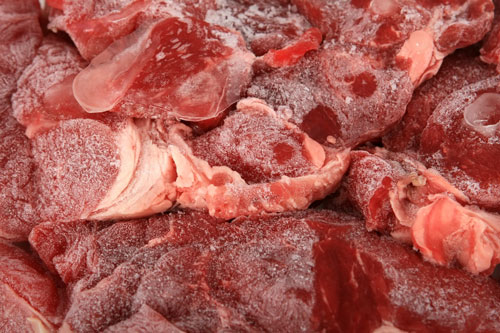
The meat acquired from the adult cattle is called beef. For consumption purpose, the liver, heart, oxtail, and kidney are also used. Other than that the milk and the dairy products acquired from the cattle for human consumption has turned to be an industry of worth multi-billion dollars across the world. Beef is considered as the third most popular form of meat consumed by the human beings, after poultry and pork. The beef production around the world accounts for 25% of the total meat production. Countries like Brazil, the United States and China are the largest beef consumers in the world.

Having discovered a fondness for insects while pursuing her degree in Biology, Randi Jones was quite bugged to know that people usually dismissed these little creatures as “creepy-crawlies”.


